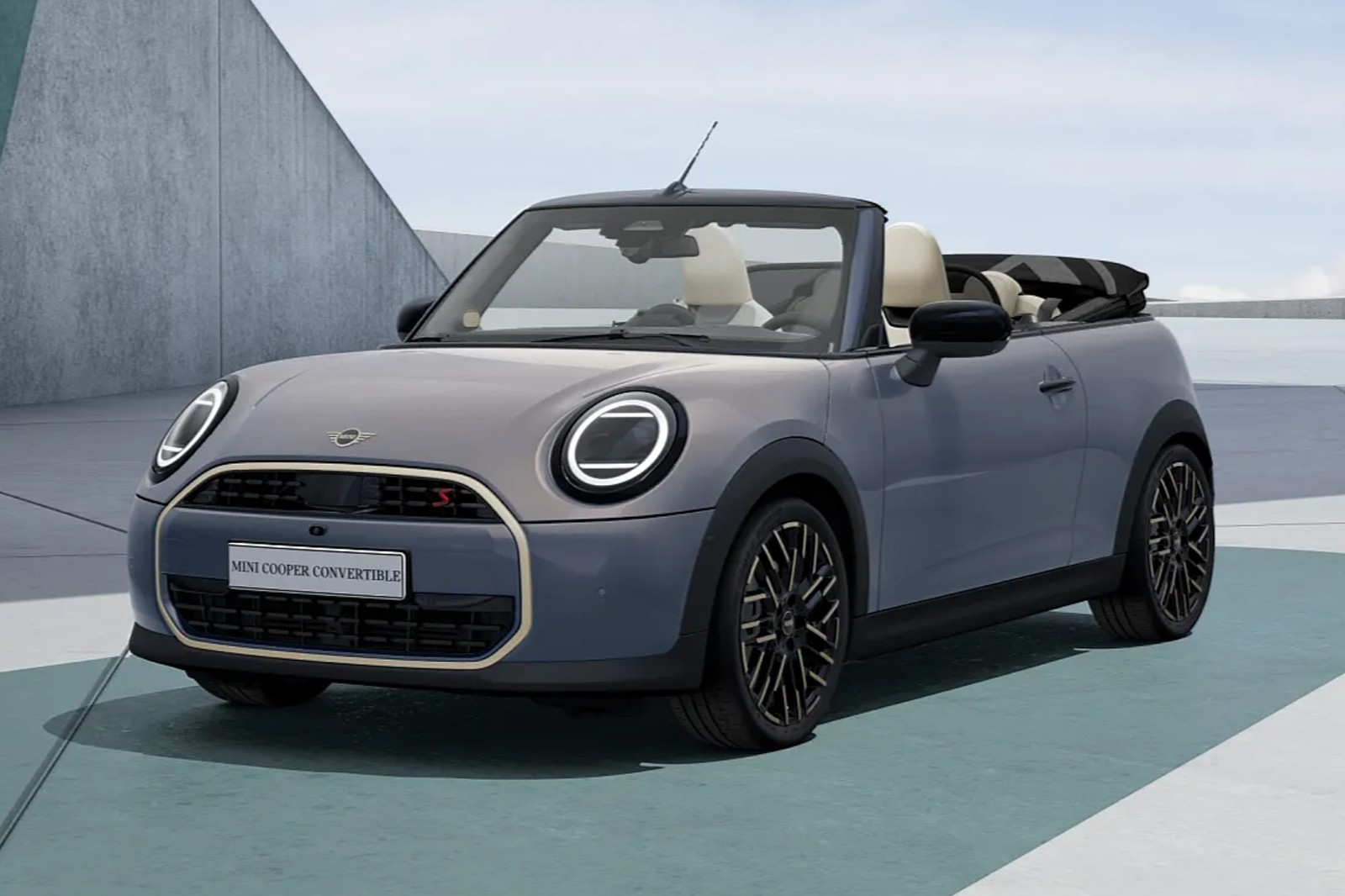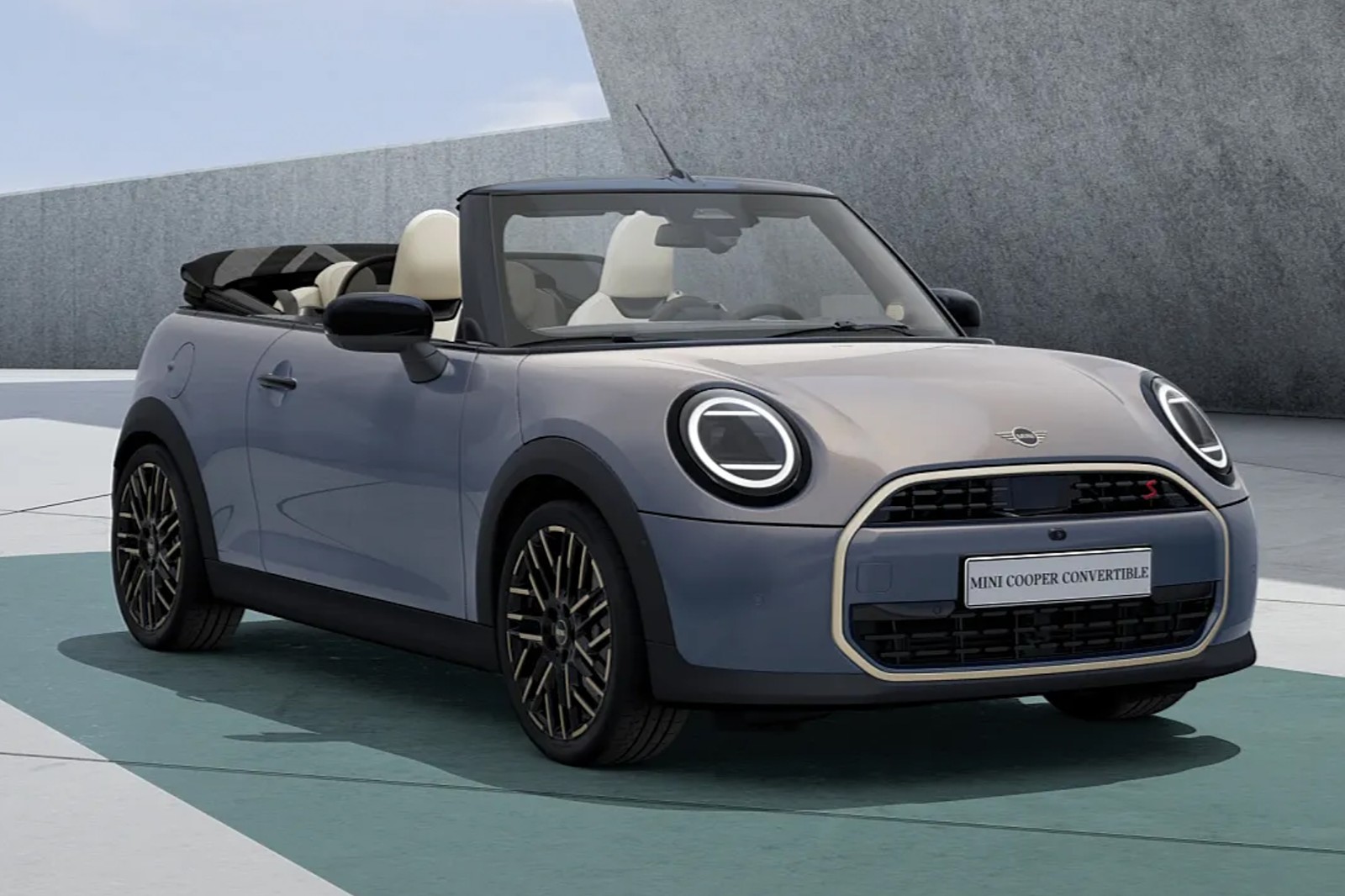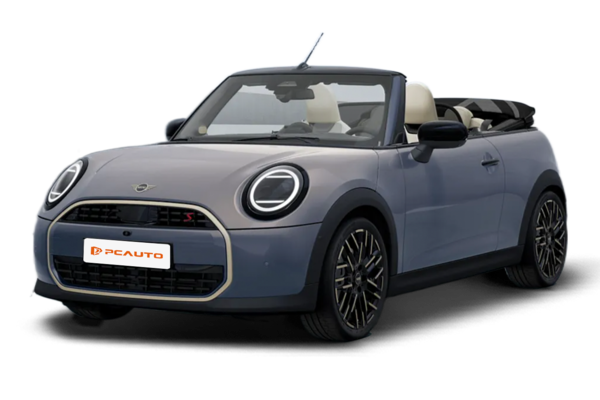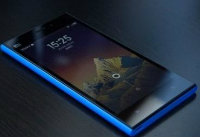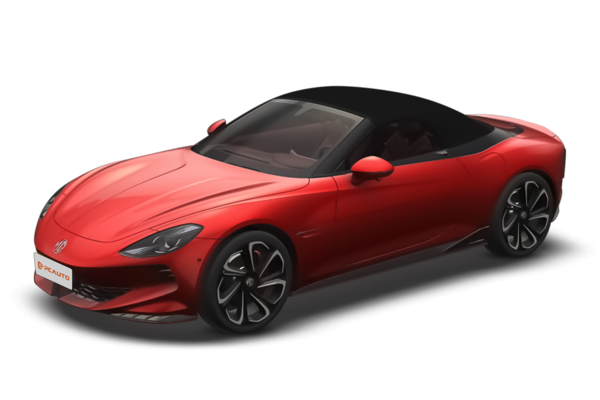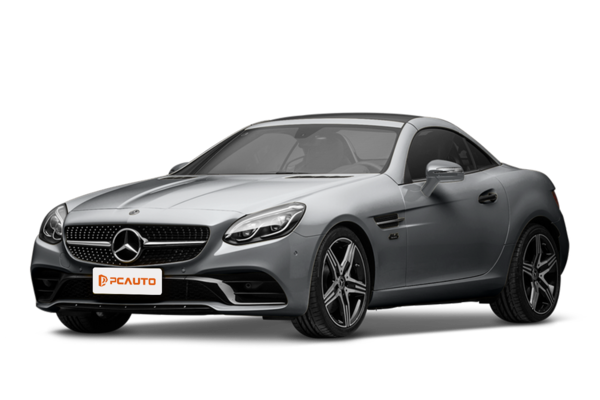Q
What car compares to a Mini Countryman?
The Mini Countryman, a premium compact SUV that blends personality with practicality, has several worthy rivals in the Malaysian market. Think the BMW X1, Mercedes-Benz GLA, and Volvo XC40 – all boasting premium badges and roughly similar dimensions. The BMW X1 stands out for its engaging driving dynamics and spacious rear seats, making it a solid pick for those who value handling and family-friendly practicality. The Mercedes-Benz GLA, on the other hand, leans heavily into interior refinement and stylish design, appealing to buyers chasing that premium brand cachet. Then there's the Volvo XC40, which markets itself on Scandinavian minimalism and class-leading safety features, perfect for the eco-conscious and tech-savvy crowd.
Japanese contenders like the Lexus UX, while slightly smaller, also deserve a look thanks to their hybrid tech and strong resale values. A key point for Malaysia? All these models offer locally assembled (CKD) versions, which means more competitive pricing. Plus, they all come with designs tweaked for our tropical climate – better cooling systems and durability, which are definite pluses.
Ultimately, choosing between them comes down to your budget, brand loyalty, and how you plan to use it – city commuting or light off-roading, for example. And hey, don't skip the test drive! You'll want to feel the difference in chassis setups. The Mini Countryman, for instance, tends to have a sportier edge, while some rivals might prioritize a softer, more comfortable ride.
Q
Does the Dodge Charger have AWD?
The Dodge Charger does offer an all-wheel drive (AWD) version, but not all models come standard with this feature. It depends on the year and configuration. For example, the Charger GT and Charger R/T models from 2014 to 2021 could be optionally equipped with an AWD system, while high-performance versions like the Charger SRT Hellcat only offer rear-wheel drive (RWD) to maintain light weight and sporty performance. For Malaysian consumers, the AWD system can provide better traction and stability when driving on slippery roads or during the rainy season. However, it should be noted that AWD models may result in higher fuel consumption and maintenance costs.
In addition, as a representative of American muscle cars, the Dodge Charger's large-displacement V6 or V8 engines and classic design are quite niche in the local market. If you're considering a parallel import, you need to confirm whether it meets Malaysia's emission and certification standards. It is also recommended to learn about after-sales support and parts supply through official channels or authorized dealers.
Q
how much horsepower does a toyota ae86 have
The Toyota AE86, that iconic '80s JDM rear-wheel-drive sports car, came stock with the 4A-GEU naturally aspirated engine. In standard trim, it pushed out around 130 horsepower, while the high-performance Trueno GT-Apex variant, thanks to slight tuning differences, sat right in that 128-130 hp ballpark. This 1.6-liter DOHC mill was famous for its high-revving nature, and when paired with the car's lightweight design, it became a total legend among drifters and track day enthusiasts.
Over in Malaysia, most AE86s you'll come across are imported used models or modified builds, so actual horsepower can vary a lot depending on the car's condition or how much work's been done. Swap in a 4A-GZE supercharger kit, for example, and you're looking at over 160 horses. Of course, the car's cultural impact from "Initial D" has made it super sought-after in Malaysia's used car scene, but you've gotta keep in mind the maintenance headaches that come with an older ride. If you're thinking of picking one up, do yourself a favor and get a pro inspection to check the engine's health. And don't forget to brush up on local regulations regarding older right-hand-drive cars hitting the road.
Q
Is the Toyota Rush a CVT or automatic?
The Toyota Rush is equipped with an automatic transmission (AT), rather than a continuously variable transmission (CVT). The AT, which utilizes a hydraulic torque converter, connects to the engine and employs internal planetary gears to facilitate gear shifting and torque conversion. Both the 2019 Toyota Rush 1.5G AT and 1.5S AT feature this automatic transmission.
On the other hand, a CVT uses two variable-diameter pulleys and a steel belt to continuously and seamlessly adjust the gear ratio. The AT in the Toyota Rush offers automatic characteristics, allowing drivers to enjoy convenience without the need for manual shifting. This enhances the driving experience by making it more relaxed. Furthermore, the Rush's AT helps deliver the engine's power smoothly to the wheels, ensuring a comfortable ride. With its smooth shifting and reliable operation, the automatic transmission in the Toyota Rush meets the daily driving needs of many consumers.
Q
Which model year of the Mazda3 Hatchback is best?
Choosing the best year for the Mazda3 Hatchback depends on individual needs and preferences. If you're looking for value for money and proven technology, the 2019 model is a solid choice. It comes at a relatively affordable price, offers a rich set of features, and provides options for both 1.5 and 2.0-liter engines, all while including numerous standard safety systems that align well with everyday driving demands.
For those who prioritize having a newer vehicle with modern features, the 2023 model is worth considering. It continues the brand's tradition of exceptional handling and boasts a contemporary design both inside and out. This model also offers a 2.0-liter engine, achieving a good balance between fuel efficiency and power, while its features are designed to meet the daily comfort and driving needs of most users.
In summary, each model year has its unique strengths. It's advisable to gather detailed information on the different model years before making a purchase, and visiting a dealership for a test drive can provide invaluable insight.
Q
How to use launch control 2025 GR Corolla?
To use the Launch Control function on the 2025 GR Corolla, first, make sure the vehicle is in Sport Mode or Track Mode and turn off the Traction Control System. Then, switch the transmission to Manual Mode and engage the first gear. Next, press the brake and accelerator pedals simultaneously. At this time, the engine speed will be maintained in the optimal torque range (about 3,500-4,500 RPM), and the dashboard will display the "Launch Control Ready" prompt. Finally, quickly release the brake to achieve an efficient launch start.
It's important to note that this function is designed for use on the racetrack or in closed-off areas. Frequent use may increase the load on the transmission system. It is recommended to let the vehicle cool down for a while after each use. For Malaysian car owners, in the hot climate, it's even more necessary to pay attention to the tire condition. It is advisable to use high-performance tires to ensure grip. Also, regularly check the health of the clutch because the launch start can put significant stress on it.
If you want to further improve the acceleration performance, you can consider upgrading the cooling system or performing ECU tuning. However, be aware that such modifications may affect the original factory warranty terms.
Q
Is a 2019 Toyota Camry a good car to buy?
The 2019 Toyota Camry is a solid contender, especially in the Malaysian market. It's built a reputation for being reliable and tough, making it a great fit for local driving conditions and road surfaces. Under the hood, you've got the choice of a 2.5L four-cylinder engine or a hybrid setup. Either way, power delivery is smooth, and fuel economy is impressive – perfect whether you're tackling daily commutes or longer highway drives.
Step inside, and the Camry doesn't disappoint with its quality materials and tech-savvy features. The 8-inch touchscreen, paired with Apple CarPlay and Android Auto, really ups the convenience factor when you're behind the wheel. Safety is another strong suit here; Toyota's Safety Sense suite comes standard, packing in pre-collision warning, lane departure alert, and adaptive cruise control – all the good stuff to keep you secure.
On top of that, Toyota's got a pretty extensive after-sales network in Malaysia, so getting your Camry serviced is hassle-free, and the costs are generally reasonable. If you're in the market for a midsize sedan, the 2019 Camry strikes a fantastic balance between performance, comfort, and fuel efficiency. Plus, its strong resale value makes it a smart pick if you might be looking to sell down the line.
Q
What is the fuel consumption of Proton Saga 2019?
The 2019 Proton Saga has an official fuel consumption of 5.6 liters per 100 kilometers (based on the 1.3L naturally aspirated four - cylinder engine paired with the 4AT gearbox). Real - world fuel consumption can vary a bit depending on driving habits, road conditions, and vehicle maintenance status. In urban areas, it is usually between 6.5 to 7.5L/100km, while on the highway, it can drop to around 5.0L/100km. As one of Malaysia's top - selling budget sedans, its fuel economy is comparable to that of rivals like the Perodua Bezza, making it a solid choice for daily commuting.
A quick tip: performing regular maintenance, such as changing the air filter, using the right viscosity oil (5W - 30 is recommended), and maintaining proper tire pressure (around 210kPa), can definitely help optimize fuel costs. If you really want to maximize fuel efficiency, try accelerating smoothly, anticipating road conditions to reduce harsh braking, and avoiding idling for too long. These techniques work on most gas - powered cars.
The Saga's engine technology is not aiming for extreme fuel - efficiency, but with its tried - and - true powertrain and relatively light weight (around 1,050kg), it still holds its own in the local market. It's especially appealing if you're on a budget but don't want to compromise on practicality.
Q
Who is the owner of XPENG G6?
The XPeng G6 hails from Chinese EV maker XPeng Motors, a brand that burst onto the scene back in 2014 with a sharp focus on developing and building smart electric vehicles. As their midsize all-electric SUV, the G6 has been turning heads globally, thanks to its cutting-edge smart driving tech and impressive range. For Malaysian consumers, even though XPeng hasn't officially set foot in the local market yet, the brand's international performance is definitely worth keeping an eye on. The G6, in particular, showcases some really forward-thinking stuff in the EV space, like its XNGP intelligent driver assistance system and that 800V high-voltage fast charging tech.
Malaysia's a key player in Southeast Asia's automotive scene, right? If XPeng does decide to enter here down the line, it could mean more choices for local shoppers looking to go electric, and might even give the region's EV ecosystem a nice little boost. Let's face it, Malaysia's EV market is starting to pick up steam – big names like Tesla and BYD have already rolled in. Adding XPeng to that mix would only make things more interesting and give consumers even more options to chew on. But hey, as always, we'll have to wait for the official word on any concrete plans to bring XPeng over.
Q
how many seater is chery tiggo 7 pro
To reset the Bluetooth connection on your Proton Saga, start by firing up the car and making sure the infotainment screen is on. Dive into the audio system's settings menu, look for the "Bluetooth Devices" option, then pull up your list of paired devices. Find the one you want, hit the "Delete" or "Unpair" button next to it, and once that's done, shut off the car completely. Wait about 30 seconds to let the system cache clear, then restart the vehicle. Now you should be able to jump back into pairing mode and scan for new devices.
Heads up though—depending on what year your Saga is, the menu layout might look a little different. If you get stuck, your owner's manual is always a solid bet, or you can swing by a Proton authorized service center for help. Bluetooth is pretty much standard in modern car stereos these days, right? It's great for hands-free calls and streaming music, but every now and then you might run into glitches like spotty connections or slow device recognition. Most of the time, that's down to phone compatibility or outdated software on the head unit. Keeping your phone's OS and your car's firmware updated can make a big difference. Also, try to keep your Bluetooth device within a meter of the head unit and avoid other wireless interference—those little tweaks usually help keep the connection steady.
